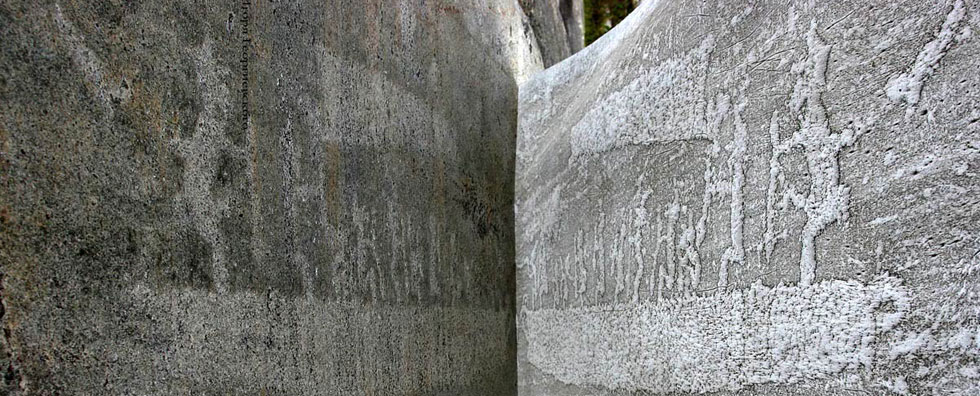
Issue №3, Vol. 20
Tyukavina O., Korepin D. Longevity of common pine needle (Pinus sylvestris L.) // Resources and Technology. 2023. №3, Vol. 20. P. 48‒59.
DOI: 10.15393/j2.art.2023.7023
Longevity of common pine needle (Pinus sylvestris L.)
| Tyukavina Olga Nikolaevna | Northern (Arctic) Federal University named after M.V. Lomonosov, olga-tukavina@yandex.ru |
| Korepin Dmitry Yuryevich | Federal State Institution «Russian Forest Protection» «Forest Protection Center of the Arkhan-gelsk region», korepin.mitya@yandex.ru |
|
Key words: needle longevity; forest growing conditions; pine; raised water table; drainage; recreation |
Summary: Identification of the standard period of tree needle retention characteristic for a particular region is necessary to use the pine needle longevity as criteria for assessing coniferous woody plants state and productive growing conditions. Information about the pine needle longevity and various affecting factors is contradictory. The aim of the work was to estimate the pine needle longevity in various growing conditions. The studies were conducted in lichen, cranberry, blueberry, shrub-sphagnum drained pine forests and in sedge-sphagnum, pitch pine forests in the north and south taiga forest areas. The authors assessed 15 model trees selected proportionally by the thickness steps on 3 model branches in the middle part of the crown. The influence of forest type, age, stand density, drainage, raised water table, and recreation on pine needle longevity was considered. The stability of the average pine needle longevity in various forest types and forest-growing zones determined the optimal value of this indicator for a specific age group. In the young plantation the average needle longevity was 3.2 years; in the middle-aged and maturing stand it was 4.3—4.8 years. In case of a pitch pine tree or in pines in a depressed state resulting from anthropogenic flooding, the needle longevity decreased. The needle longevity increased in pines growing near drainage ditches but in pines growing in the interditch space it remained at the level characteristic for a natural forest. The effect of recreation on the duration of needles retention in the crown depended on the stage of digression. A decrease the needle longevity was noted at the III stage of digression. Needle longevity is conditioned by the tree ability to withstand a stressful factor. Consequently, longer needle longevity is associated with the mechanism of tree adaptation to external influences. The needles mortality in trees of older ages is due to their inability to adapt to the negative environmental effects. |
Displays: 990; Downloads: 361;




